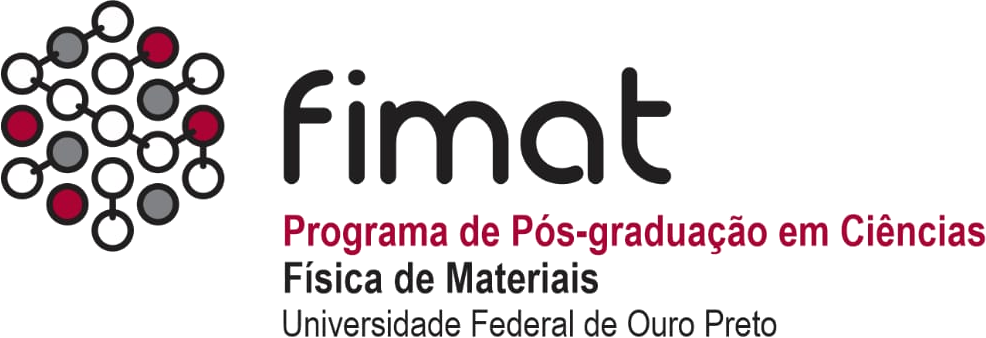Abstract:
Luminescent copper(I) complexes have drawn attention due to their promising performance as alternative optoelectronic materials to the well-known heavy transition metals complexes. Herein, we report the synthesis of six luminescent Cu(I) complexes with phosphines and 1,10-phenanthroline-derived ligands with thiadiazole and selenodiazole groups in order to evaluate the effect of heavy atom on their photophysical properties. Steady-state and time-resolved spectroscopy confirmed delayed fluorescence emission via a thermally activated delayed fluorescence mechanism in all cases. The experimental spectroscopic data was analyzed with detailed quantum-chemical calculations. Interestingly, these complexes did not show the expected “heavy atom effect”, that enhances the spin-orbit coupling matrix elements, but nevertheless the addition of the heavier chalcogens contributed to reduce the photoluminescence lifetime to roughly 800 ns, which is the lowest reported so far for such TADF materials.